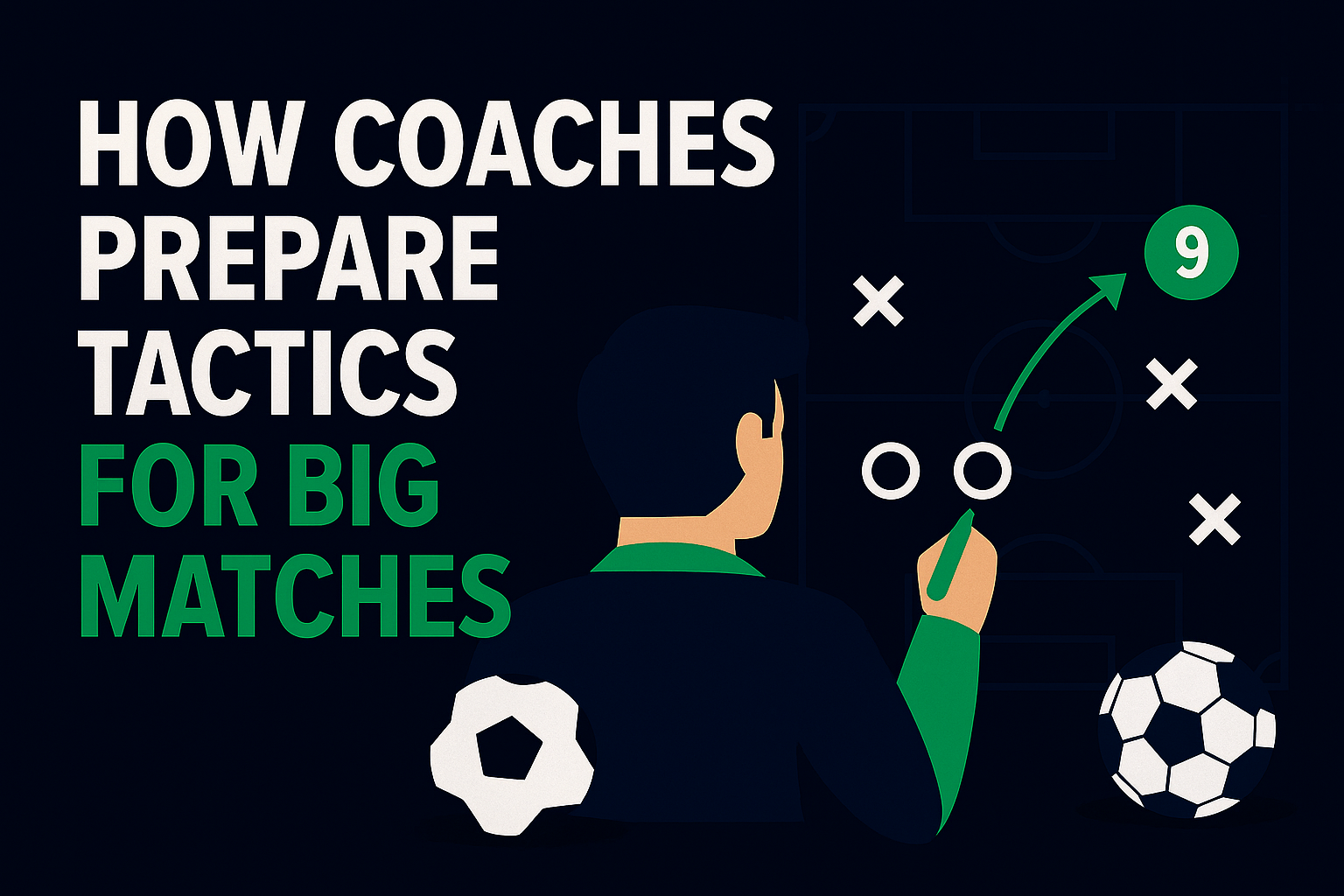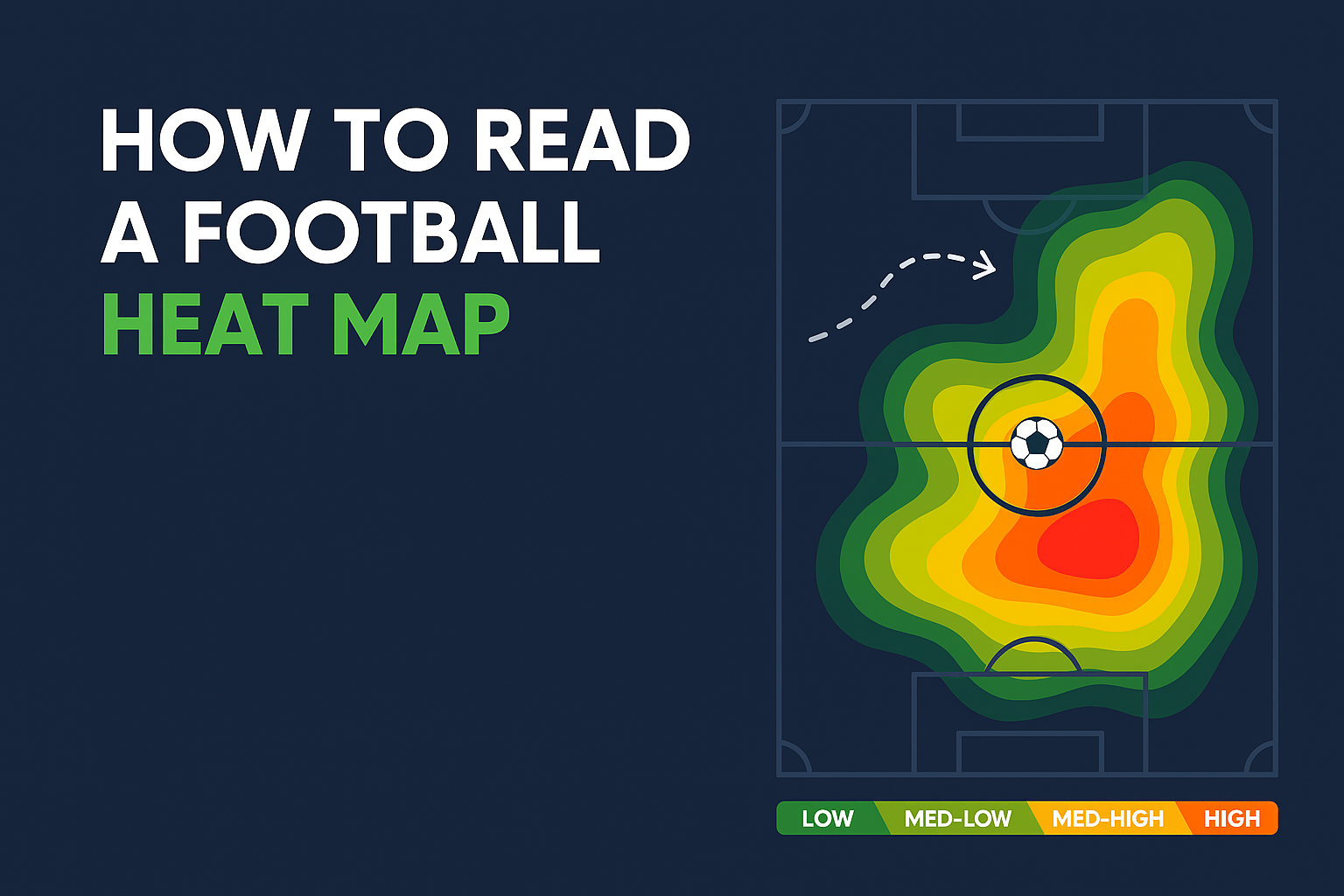Tactical preparation is the fundamental of success in modern football, especially in high-stakes encounters. The common saying that Big matches are often won before kick-off highlights the critical importance of a coach's meticulous planning. Coaches spend countless hours analyzing, planning, and fine-tuning tactics to give their teams the edge. It's a multi-layered process involving deep analysis, careful planning, practical implementation, and psychological conditioning.
Scouting the Opponent
The first step in tactical preparation is knowing the enemy. Coaches and their analytical teams watch hours of footage to understand how the opposition plays. Reviewing recent games to identify habitual strategies, individual player tendencies, and overall strengths and weaknesses.
Data analysis plays a vital role. Metrics like Expected Goals (xG) reveal the quality of chances created and conceded, while possession trends and pressing intensity indicate their preferred tempo and defensive philosophy. For example, noticing that a team struggles to defend against quick switches of play (an exploitable pattern) immediately informs the focus of the attacking plan.
Studying the Squad’s Own Form
Before formulating a counter-tactic, a coach must have an objective assessment of their own team. This includes assessing fitness and player availability, taking into account match load and recovery.
The coach must then determine the right formation to match current strengths, ensuring the tactical setup maximizes the output of the available players. Crucial adjustments are made based on immediate variables like suspensions, injuries, or fatigue, sometimes forcing a shift from the preferred system to a more pragmatic one. The goal is to maximize strengths while minimizing vulnerabilities.
Building the Tactical Game Plan
This is where the strategy is formalized. The coach must decide on the overall approach, which involves:
- Setting the defensive shape: Will the team employ a high press to win the ball back quickly near the opponent's goal, or will they utilize a low block to absorb pressure and hit on the counter-attack?
- Designing attacking strategies: This involves planning specific offensive movements like overloads in wide areas, coordinated wide play to stretch the opponent's defense, or detailed routines for set pieces (corners and free-kicks).
Assistant coaches and analysts are crucial here, helping to draft scenarios and contingencies, anticipating potential changes the opposition might make.
Training Ground Implementation
The whiteboard strategies are only as good as their execution, which is solidified on the training pitch. The plans must now be translated from paper to pitch. The coach uses the training ground to implement the strategies through specific drills and practice matches.
A key component is simulating opponent patterns of play, where the B-team replicates the opponent’s starting formation and typical offensive movements. This builds familiarity. Furthermore, extensive work is done on building chemistry and rehearsing transitions—the speed and efficiency with which the team moves from defense to attack and vice-versa—which is often the decisive factor in close games.
Psychological Preparation
Great tactics fail without the right mentality. Coaches spend significant time motivating the team for high-pressure situations, fostering a belief that they can execute the plan successfully.
This involves communicating clear roles and responsibilities for every player on the pitch, ensuring no ambiguity. Video sessions are used not just for tactical instruction but to reinforce belief and focus, showing past successes or moments of exceptional execution to boost confidence.
Match-Day Adjustments
Tactics are rarely static. During the match, coaches use live data from analysts and their own touchline observations to gauge the effectiveness of the initial plan.
If the opponent neutralizes the primary strategy, half-time tweaks and substitutions are necessary to regain the advantage. This is where flexibility determines success—the ability to react quickly and decisively to changing dynamics is a hallmark of elite coaching.
Conclusion
Tactical preparation is a comprehensive endeavor that is multi-layered: it encompasses rigorous analysis, detailed planning, meticulous practice, and robust psychology. The best football coaches are simultaneously masterful strategists and powerful motivators, ensuring their team is not only perfectly prepared on the tactics board but also mentally ready for the battle on the pitch.




